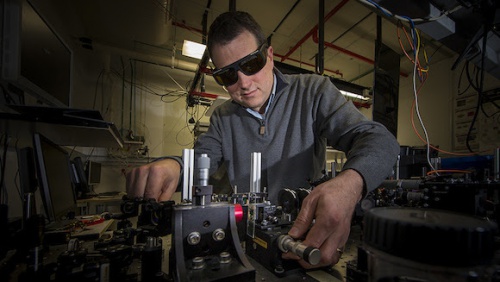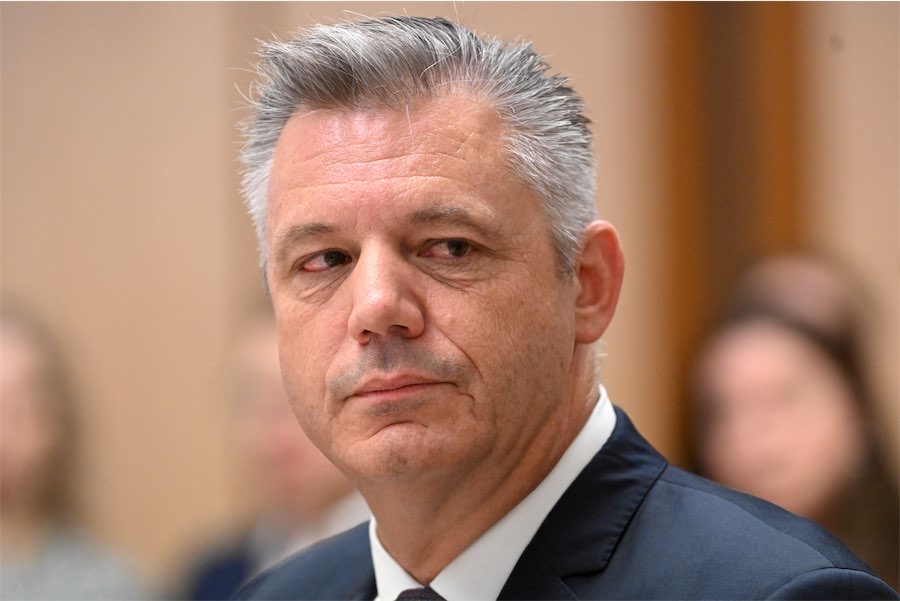
Senior ANU researcher Prof Dragomir Neshev says the invention, a tiny antenna which is 100 times thinner than a human hair, could also aid high-performance computers used to create animations and special effects.
“One of the big problems that gamers encounter is sluggish game play, which our nano device could greatly improve by speeding up the exchange of data between the multiple processors in the console,” he says.
“The speed of this data transfer is currently limited by the speed that electrons can flow along the copper wires connecting the processors in gaming consoles.
“Our invention can be used to connect these processors with optical wires that will transmit data between processers thousands of times faster than metal wires. This will enable smooth rendering and large-scale parallel computation needed for a good gaming experience.”
Prof Neshev says the researchers used the nano-scale antenna to transmit and route telecom signals from the air into different directions in an optical wire, for the first time.
“We are the first to make a tiny optical nano-antenna device with the ability to sort and route ultra-fast bit-rate telecommunication signals,” he says.
“We were able to shrink the optical components to bridge the size mismatch with today’s ever-smaller electronic parts.”
The invention took two years to make and was supported by the ARC through CUDOS, a Centre of Excellence, and the Australian National Fabrication Facility.
ANU collaborated with Friedrich-Schiller-Universität Jena, Leibniz Institute of Photonic Technology and Technische Universität Darmstadt in Germany.
The research is published in “Science Advances”.
Who can be trusted?
In a world of spin and confusion, there’s never been a more important time to support independent journalism in Canberra.
If you trust our work online and want to enforce the power of independent voices, I invite you to make a small contribution.
Every dollar of support is invested back into our journalism to help keep citynews.com.au strong and free.
Thank you,
Ian Meikle, editor




Leave a Reply